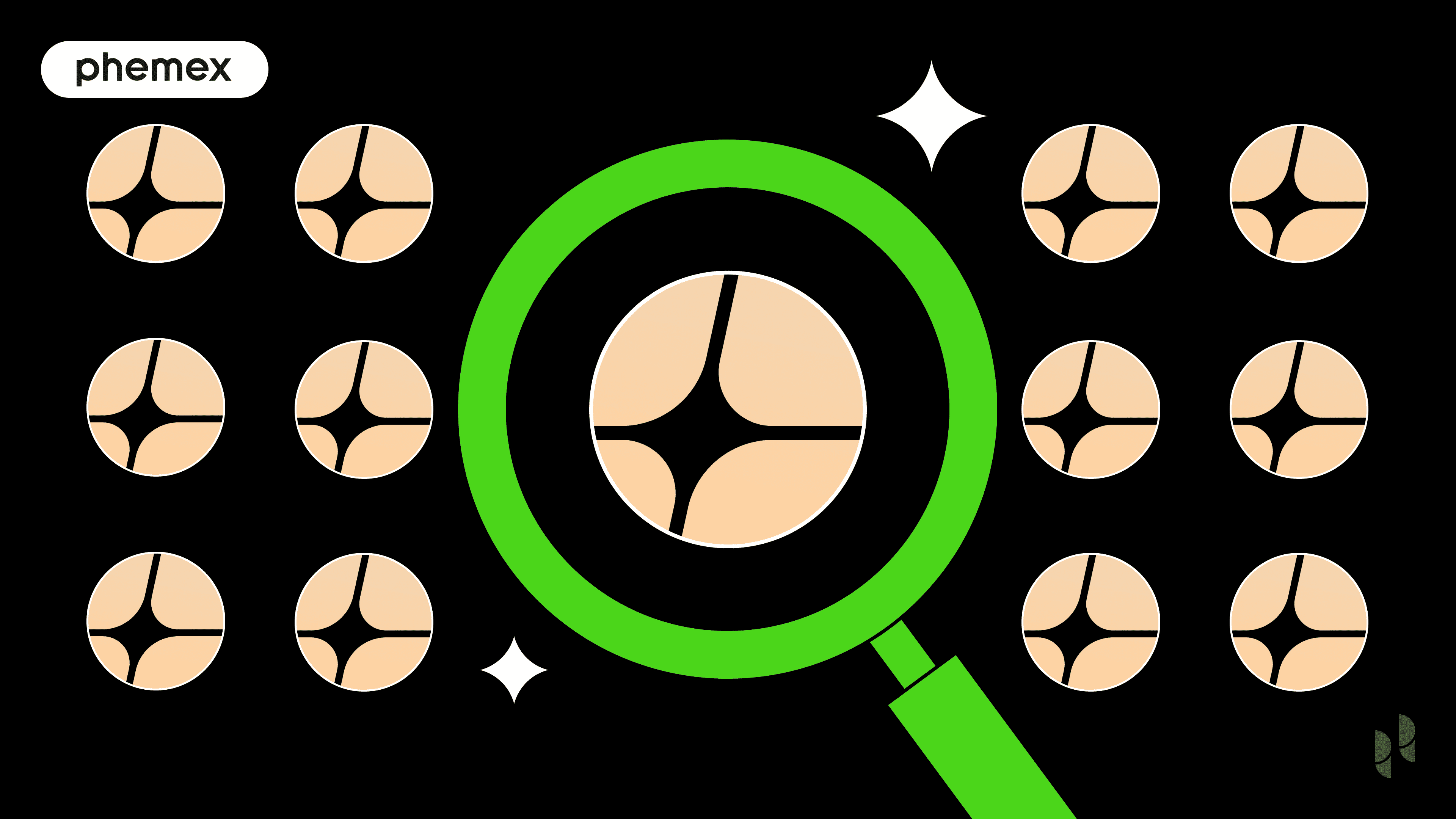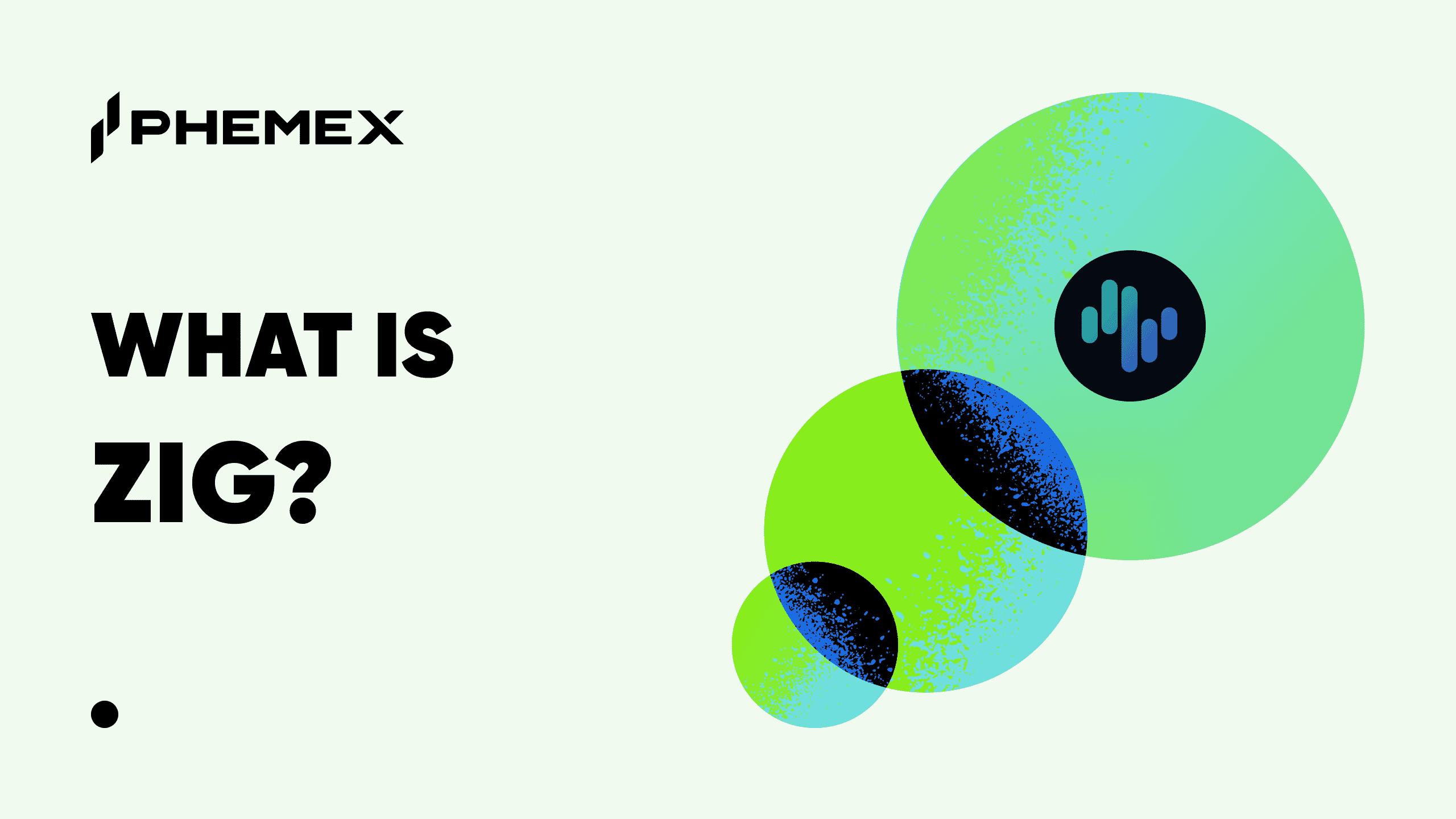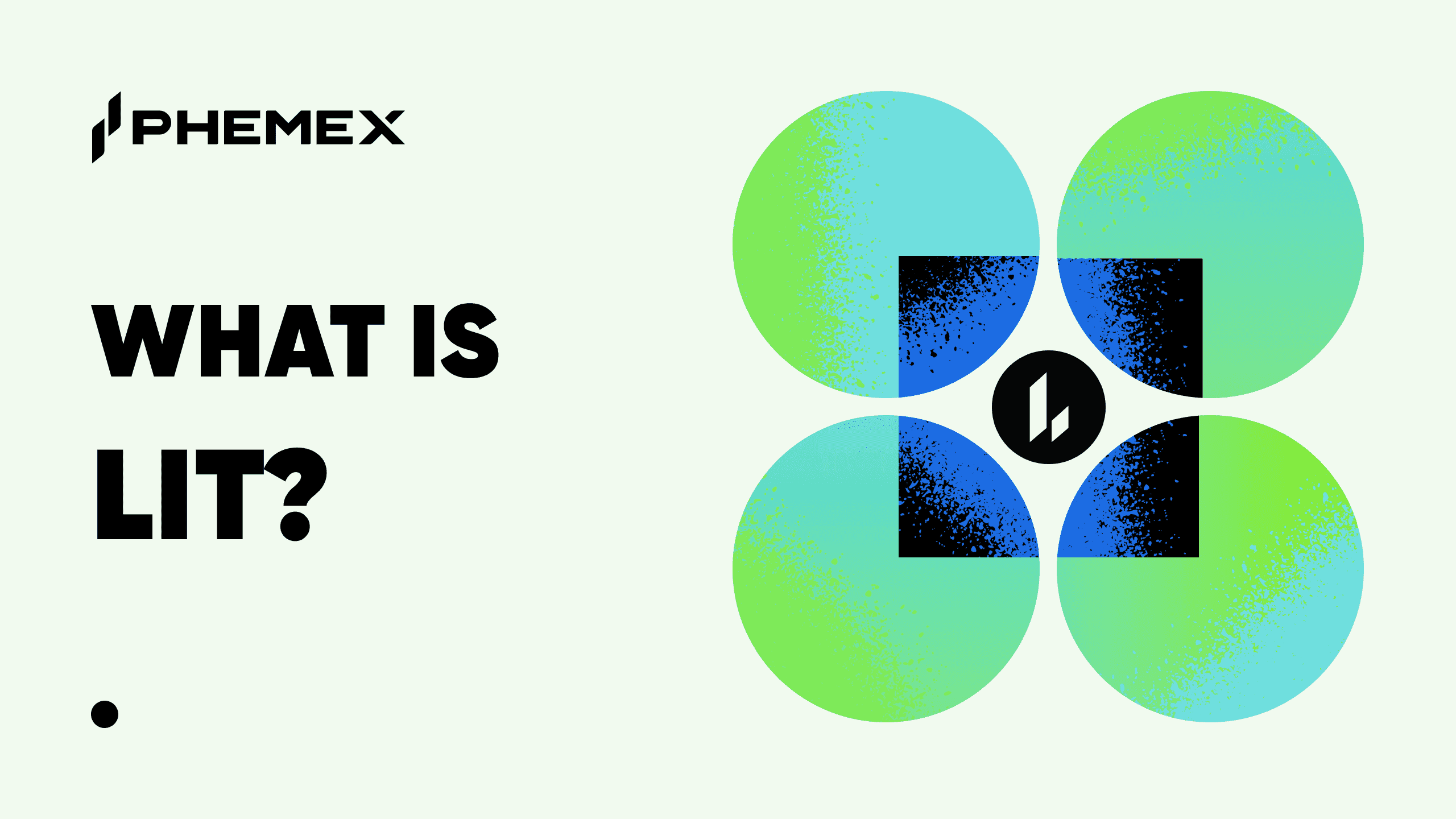Introduction
ASTER is the native governance and utility token of Aster, a decentralized perpetual futures exchange (DEX) designed for seamless multi-chain trading. Launched following the merger of Astherus and APX Finance in late 2024, ASTER powers a platform that combines spot and perpetual trading with advanced features like hidden orders, MEV-free execution, and yield-generating collateral. Backed by YZi Labs and CZ from Binance, Aster aims to capture a share of the booming DeFi perpetuals market, which sees hundreds of billions in monthly volume. With its recent token generation event (TGE) on September 17, 2025, ASTER has seen rapid price appreciation, reflecting strong community interest. This Phemex Academy guide dives into ASTER's mechanics, ecosystem role, and potential impact on decentralized trading.

Summary Box (Quick Facts)
- Token Name: Aster
- Ticker: ASTER
- Contract Address: 0x000Ae314E2A2172a039B26378814C252734f556A
- Total Supply: 8B ASTER
- Circulating Supply: 1.65B ASTER (20.7%)
- Current Market Cap: $988M
- Type: Governance and Utility Token
- Chains: Multi-chain (BNB Chain, Ethereum, Solana, Arbitrum)
- Key Features: Decentralizes governance, drives growth, rewards participation, supports staking and airdrops
- Launch Status: TGE completed on September 17, 2025
What Is ASTER?
ASTER ($ASTER) is the core token of the Aster ecosystem, a decentralized exchange focused on perpetual contracts and spot trading. It emerged from the merger of Astherus, known for yield products like liquid-staked BNB (asBNB) and yield-bearing stablecoin USDF, and APX Finance, a robust perp trading platform. This combination creates a unified DeFi venue offering one-click, MEV-resistant trading in Simple Mode and advanced tools like hidden orders and grid trading in Pro Mode.
ASTER decentralizes governance, enabling holders to vote on protocol decisions, while also facilitating rewards, staking, and ecosystem growth. The token supports Aster's mission to provide liquid, secure, and multi-chain perpetuals trading without the need for bridging assets between networks.
What Is the Aster Network?
Aster operates as a multi-chain DEX aggregating liquidity from BNB Chain, Ethereum, Solana, and Arbitrum. It features its own high-performance Layer-1 blockchain, Aster Chain, which emphasizes privacy and efficiency. Users can trade perpetuals and spots with up to 100x leverage, using yield-generating collateral like asBNB or USDF for enhanced capital efficiency. Per the Aster documentation, the platform has achieved $519B in total trading volume, $255M in open interest, and $437M in TVL, with 101 trading symbols available.
Mission
Aster's mission is to build a community-first, fast, and flexible DeFi platform that unifies liquidity across chains, minimizes friction in trading, and maximizes user returns through staking and yield products. It aims to rival established perp DEXes by offering superior UX, including mobile apps for iOS and Android, and intent-based systems for automated execution.
Why ASTER Stands Out
ASTER differentiates itself with privacy-focused features like hidden orders, which keep trade sizes and directions invisible until filled, reducing slippage. Its multi-chain aggregation eliminates bridging hassles, and the token's utility in governance and rewards fosters long-term sustainability. Unlike single-chain DEXes, Aster's cross-chain liquidity and yield integration provide a competitive edge in the $100B+ monthly perp market.
How Many ASTER Tokens Are There?
The ASTER token ($ASTER) has a structured tokenomics model designed to support community growth, ecosystem development, and long-term protocol sustainability. Below is an overview of its supply, allocation, and distribution schedule, based on verified information from the Aster documentation.
-
Total Supply: 8,000,000,000 ASTER (capped maximum supply)
-
Circulating Supply: 1,650,000,000 ASTER (20.7% of total supply as of September 17, 2025, post-TGE)
-
Market Cap: $746.75M (based on $0.45 price, per CoinMarketCap)
-
Fully Diluted Valuation (FDV): $3.6B
Token Allocation and Distribution
The $ASTER token supply is distributed across several categories, with a strong emphasis on community incentives and gradual vesting to ensure sustainability. Per the Aster documentation, the allocation breakdown is as follows:
|
Category |
Description |
Percentage |
Amount (ASTER) |
Vesting Schedule |
|---|---|---|---|---|
|
Airdrop |
Incentives for traders, community builders, and ecosystem stakeholders |
53.5% |
4,280,000,000 |
8.8% (704M) unlocked at TGE; remainder released over 80 months (subject to governance) |
|
Ecosystem & Community |
Migration pool for APX holders, grants, marketing, and exchange liquidity |
30% |
2,400,000,000 |
20-month linear vesting (excludes APX-to-ASTER swap) |
|
Treasury |
Strategic initiatives, operational reserves, and governance flexibility |
7% |
560,000,000 |
Fully locked until utilized via governance-approved mechanisms |
|
Team |
For core contributors and advisors |
5% |
400,000,000 |
1-year 100% lock, then 40-month linear vesting |
|
Liquidity & Listing |
Exchange listings for liquidity bootstrapping |
4.5% |
360,000,000 |
Fully unlocked at TGE |
Key Tokenomics Highlights
-
Community Focus: 53.5% of the supply is allocated to airdrops, emphasizing community rewards.
-
Immediate Liquidity: 704M ASTER (8.8%) and 360M ASTER (4.5%) are unlocked at TGE for airdrops and listings, respectively, contributing to the initial circulating supply.
-
APX Upgrade: Eligible $APX holders can swap for $ASTER at a decreasing rate during a designated period.
-
Revenue Buybacks: A portion of protocol revenue funds $ASTER buybacks for long-term stabilization and governance rewards.
What Does ASTER Do?
ASTER serves multiple roles within its ecosystem, enhancing trading and participation:
- Governance: Holders vote on protocol upgrades, fee structures, and new features.
- Rewards and Staking: Earn passive income and boost airdrop eligibility by staking in pools with assets like USDT or BNB.
- Growth Incentives: Funds ecosystem development, liquidity provision, and user acquisition.
- Utility in Trading: Integrates with Aster Earn products for yield on collateral during perp trades.
These utilities make ASTER essential for users seeking active involvement in a growing perp DEX.
ASTER vs. Hyperliquid
| Feature | ASTER | Hyperliquid |
|---|---|---|
| Focus | Multi-chain perp and spot DEX with yield collateral | Single-chain (HyperEVM) perp futures exchange |
| Backing | YZi Labs, Binance Labs, CZ | Independent validators and community |
| Key Innovation | Hidden orders, MEV-free one-click trading, cross-chain liquidity | High-performance Layer-1 for perps, native stablecoin (USDH) |
| Token Utility | Governance, staking rewards, airdrops | Primarily ecosystem alignment (via HYPE token) |
| Chains Supported | BNB, Ethereum, Solana, Arbitrum | Hyperliquid-specific |
| Adoption | Recent TGE; backed by major investors | 70%+ of DeFi perp market share |
What Sets ASTER Apart
ASTER's multi-chain approach and yield-bearing collateral offer greater flexibility than Hyperliquid's single-chain focus, potentially attracting users frustrated with bridging. Its backing by YZi Labs and CZ provides strong credibility, though it must overcome competition from established players.
The Technology Behind ASTER
ASTER leverages a purpose-built Layer-1 (Aster Chain) with zero-knowledge proofs for privacy and an intent-based system for automated, cross-chain execution. It aggregates liquidity to ensure deep pools and low slippage.
Core Features
- Multi-Chain Aggregation: Seamless trading without bridging.
- Trading Modes: Simple (one-click) and Pro (advanced tools like grid trading).
- Yield Products: asBNB and USDF for earning while trading.
- Security: MEV-resistant design and full self-custody.
Per the Aster docs, this tech stack positions it as a high-performance alternative in DeFi perps.
Team & Origins
Aster stems from the 2024 merger of Astherus (yield-focused) and APX Finance (perp trading). The project is backed by YZi Labs, with endorsements from CZ Binance, who has publicly shilled the platform. Per CoinMarketCap community posts, the team emphasizes community allocation (53%) and decentralized governance.
Key News & Events
- Late 2024: Merger of Astherus and APX Finance forms Aster.
- September 16, 2025: $APX deposits enabled on Aster Spot ahead of TGE.
- September 17, 2025: TGE launches with 53% community allocation; price surges 434% in 24h.
- Ongoing: Points Program (Stage 1 ended; Stage 2 preparation) for airdrops and rewards.
Is ASTER a Good Investment?
As a utility token, ASTER isn't purely speculative but offers value through governance and rewards in a growing perp market. Its price jumped 434% post-TGE, driven by investor backing and community events.
- Market Context: Perp DEXes handle $100B+ monthly volume; Aster's multi-chain edge could drive adoption.
- Technical Progress: Mobile apps and hidden orders enhance UX.
- Adoption: Strong start with $174M 24h volume; incentives like staking boost participation.
- Risks: High volatility post-launch; competition from Hyperliquid and others.
- Considerations: Focus on long-term holding for governance benefits rather than short-term gains.
Research thoroughly; outcomes hinge on DeFi trends and platform growth.
FAQ
- What is ASTER? The governance and utility token for Aster, a multi-chain perp DEX backed by YZi Labs.
- How does ASTER differ from Hyperliquid? ASTER offers multi-chain liquidity and yield collateral, while Hyperliquid focuses on single-chain perps.
- Is ASTER safe? It emphasizes MEV-resistance and self-custody, but as a new token, monitor volatility and audits.
- What is Aster's roadmap? Includes zero-knowledge proofs, expanded chains, and Stage 2 points program.
- Why the recent price surge? TGE hype, CZ endorsements, and trading incentives drove a 434% increase.
Conclusion
ASTER positions itself as a innovative force in DeFi perps, blending multi-chain trading with yield opportunities and strong backer support. As the platform evolves, it could challenge incumbents and reward early participants. While promising, watch for adoption risks in a competitive space. Stay informed at Phemex Academy.








